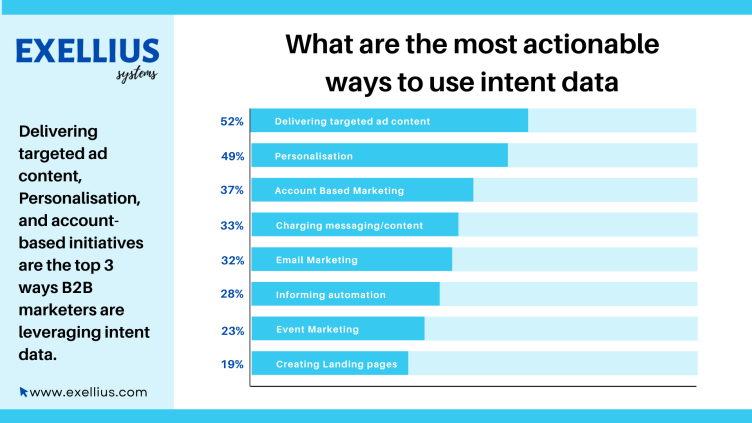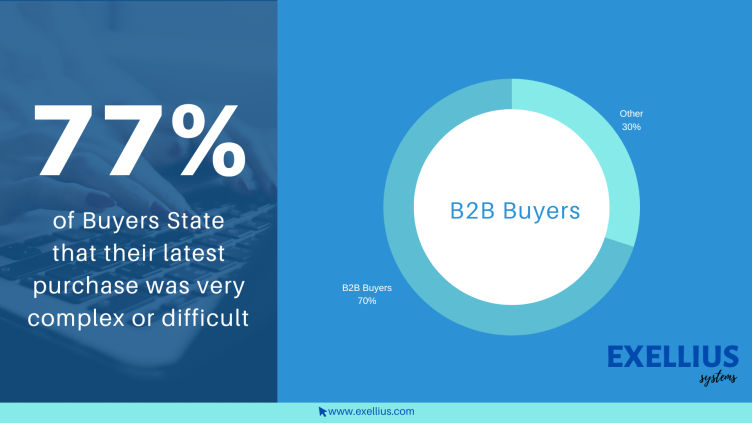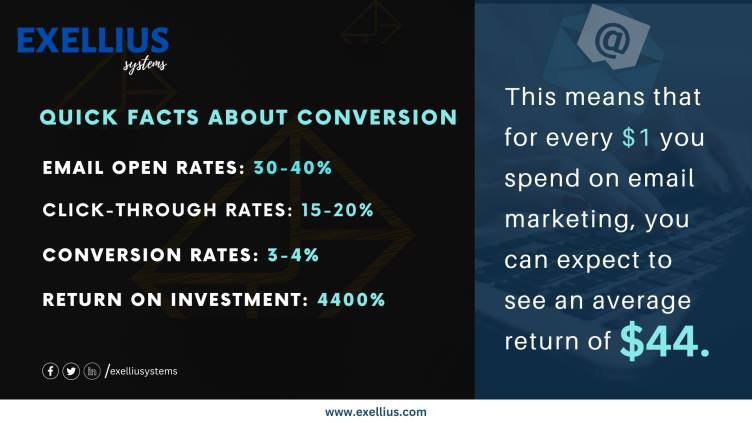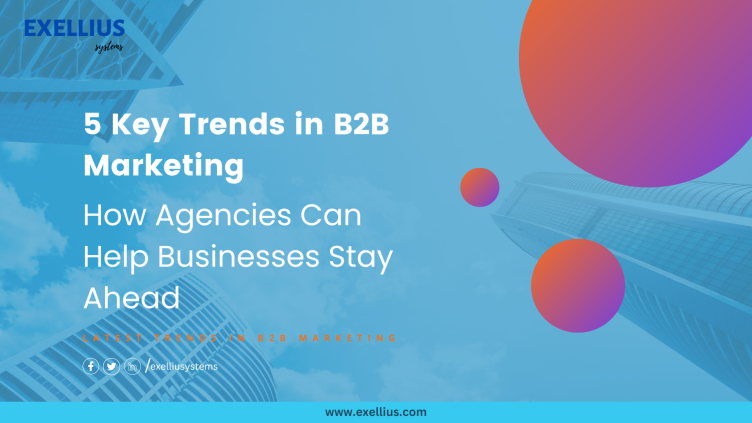B2B Marketers how to use Intent Data

Intent Data Use by B2B Marketers What is intent data? Data at the account level that signifies interest in a certain business category or set of goods and services is known as intent data. (B2B Marketers) Intent data is based on how people consume material on the internet (often referred to as “3rd-party intent”) or it can be based on how customers interact directly with business properties like a website (also known as 1st party intent data or engagement data). With the help of contextually relevant and customised messaging, it is possible to find interested prospects B2B Marketers. Additionally, you may use intent data to better understand your open possibilities and current clients so that you can guide them through the conversion, retention, and expansion funnels. How do B2B marketers use data on intent? B2B marketers today have access to more information than ever, but how are they using intent data to differentiate their brand from the competition? Insight #1: B2B Marketers Are Using Intent Data to Target New Accounts B2B marketers are adopting the use of intent data with prospecting efforts in mind. Identifying new accounts to target, aligning their sales and marketing efforts, and prioritizing accounts for prospecting are at the top of the list of primary goals according to 56%, 51%, and 38% of B2B marketers, respectively. Identifying new target accounts and aligning sales and marketing are the top goals for using intent data. Key Takeaway: If your martech goal is efficiency, consider an account-based approach. Account-based marketing (ABM) means taking a fit-first approach to B2B marketing, ensuring you’re only targeting the accounts with the highest likelihood to buy. Research shows that 94% of marketers find ABM successful at achieving their primary objectives. The more targeting you become in identifying your best audience, the more you can improve efficiency in your overall programs. Insight #2: Accurate and Actionable Intent Data Is a Challenge For 56% of B2B marketers, data quality is a major challenge when using intent signals, and half of those surveyed report having trouble making intent data actionable. Having a strategy in place to capitalize on intent data allows marketers to more successfully run targeted content and ad campaigns, better enable the sales team and drive more revenue. Data quality, making intent data actionable, and data security are the top 3 challenges B2B marketers face when using intent data. Key Takeaway: Intent data can be seamlessly into ABM platforms, allowing for effortless implementation. This enables marketers to quickly take action on insights and drive account growth at scale. Insight #3: Data Quality and Source of Data Are Key When adding an intent solution to a technology stack, it is crucial for marketers to first evaluate goals to better define what they need. This prevents bloating a tech stack and paying for unnecessary tools. Over two-thirds (67%) of marketers are most concerned with the quality of data being delivered from an intent data solution, while 44% report that the source of data is of utmost importance. Quality of data, source of data, and ease of implementation are the top 3 most important attributes B2B marketers look for when selecting an intent data vendor. Key Takeaway: Above all, B2B marketing technology needs to be user-friendly and customizable. You’ll want to look for tools that allow you to build and measure your programs the way that makes the most sense for your business. If you want to target specific accounts, the good news is that technology to support your strategy is not exclusively for enterprise companies with large budgets—now, small and mid-size companies have access to account-based tools that are fast, affordable, and customizable. Insight #4: B2B Marketers Are Using Intent Data for Personalization and Targeting Intent data gives marketers the ability to leverage personalization across various channels. About half of B2B marketers report that delivering targeted ad content (52%) and personalization efforts (49%) are the most actionable ways to use intent data. From ad copy to landing pages to the subject line in sales outreach, intent data can fuel many areas of sales and marketing. Delivering targeted ad contenta, personalizzato, and account-based initiatives are the top 3 ways B2B marketers are leveraging intent data. Key Takeaway: The more you know about what your accounts are looking for, the easier it is to reach them with the right offer. That’s where intent data can help inform digital advertising personalization for key accounts based on topics they’re surging on. Contact Us for More and visit our blog page And do follow us on LinkedIn
What Influences B2B Buying Behavior

What Influences B2B Buying Behavior B2B (business-to-business) buying behavior refers to the decision-making process that companies go through when purchasing products or services from other companies. This process can involve multiple decision makers and stakeholders, and can be influenced by factors such as company size, industry, budget, and specific needs. B2B buying decisions often involve a longer and more complex process than B2C (business-to-consumer) buying decisions, as they often involve multiple levels of approval and the evaluation of multiple options. Additionally, B2B buyers often have a greater need for technical expertise and support, as well as a focus on long-term value and return on investment. What really Influences? B2B buying behavior is influenced by a variety of factors, including the needs and goals of the organization, the decision-making process of the buyer, the relationship between the buyer and seller, and external factors such as the economy and industry trends. Factors that influence the decision-making process of the buyer include budget, timelines, and the perceived value of the product or service. The relationship between the buyer and seller can also play a significant role, with trust and past experiences influencing the decision to purchase. Additionally, external factors such as the overall economy and industry trends can also impact B2B buying behavior. How to influence b2b people to buy: There are several strategies that can be used to influence B2B buyers to make a purchase: Understand their needs: Identify the specific needs and pain points of the buyer and tailor your pitch to address those issues. Build trust: Establish trust with the buyer by being transparent and providing relevant information and data to support your claims. Provide value: Highlight the value of your product or service and how it can help the buyer achieve their goals and improve their business. Leverage social proof: Use testimonials, case studies, and other forms of social proof to show the buyer that other companies have had success with your product or service. Create urgency: Create a sense of urgency by highlighting limited time offers or emphasizing the benefits of making a purchase sooner rather than later. Make it easy: Make the buying process as easy and seamless as possible, by providing clear pricing, easy-to-understand documentation, and an efficient checkout process. Create a good customer service: Show them that you will be there for them after the purchase, with good customer service and technical support. Continuously communicate: Regularly communicate with your prospects to keep your solution top of mind, and to ensure they are aware of any new developments or updates. For more details: Please visit Exellius SystemsDo follow us on LinkedIn
The Power of Content Syndication via Email

Content syndication is a powerful strategy for businesses and marketers looking to distribute their content to a wider audience. It involves republishing your content on multiple platforms and reaching new audiences who may not have found your content otherwise. In recent years, email has emerged as a popular channel for content syndication, and for good reason. In this blog, we’ll explore why content syndication via email is such a valuable tool for businesses, and how you can make the most of it. Why Email is an Effective Channel for Content Syndication Email is one of the most personal and direct ways to reach your audience. It’s a channel that your subscribers have opted into, meaning that they are interested in hearing from you and receiving your content. This makes email an ideal channel for content syndication, as you can be confident that your audience is interested in the content you’re sharing. Email is also an incredibly versatile channel that can be used for a variety of content types, from articles and blog posts to infographics and videos. Whether you’re looking to share thought-leadership pieces, promotional content, or educational resources, email is an effective way to reach your audience. Finally, email is an incredibly cost-effective way to reach your audience. Unlike other channels, such as paid advertising, you don’t have to pay to reach each individual subscriber. This makes email a great option for businesses and marketers looking to get the most bang for their buck. How to Make the Most of Content Syndication via Email Now that we’ve covered why email is such an effective channel for content syndication, let’s look at how you can make the most of it. Here are some tips to help you get started: Segment your audience: Segmenting your email list is crucial when it comes to content syndication. This allows you to target specific groups of subscribers with content that’s relevant to them. For example, you might have a list of subscribers who are interested in thought-leadership pieces, and another list of subscribers who are more interested in promotional content. By segmenting your audience, you can ensure that each group receives content that’s tailored to their interests. Personalize your content: Personalization is key when it comes to content syndication via email. This involves adding the subscriber’s name, location, or other relevant information to the email to make it feel more personal. Personalized content is more likely to be read, shared, and acted upon than generic content. Use a clear call-to-action (CTA): A clear call-to-action is essential for any email marketing campaign, including content syndication. Your CTA should be specific and actionable, and it should be placed in a prominent location within the email. This could be a link to your website, a request to share the content, or a prompt to sign up for a newsletter or other offer. Test and optimize: Finally, it’s important to test and optimize your content syndication strategy to ensure that you’re getting the best results. This might involve testing different subject lines, CTAs, or formats to see what works best for your audience. By continually testing and optimizing your strategy, you can improve your results and reach even more people with your content. Content syndication via email is an effective and cost-effective way to reach your audience and distribute your content. By following the tips outlined in this blog, you can make the most of this powerful strategy and reach new audiences with your content. For more content like this visit our Blogs Do follow us on LinkedIn
B2B Marketing 5 Key Trends in 2023

As the business world continues to evolve, the role of B2B marketing agencies has become increasingly important. These agencies help businesses of all sizes to develop effective marketing strategies that target other businesses, ultimately leading to increased sales and revenue. In this blog post, we’ll take a closer look at some of the latest trends in B2B marketing and how agencies can help their clients stay ahead of the curve. ABM is a targeted marketing strategy that focuses on a specific set of high-value accounts, rather than casting a wide net and hoping for the best. This approach allows agencies to create highly personalized campaigns that are tailored to the needs and pain points of each individual account. With ABM, businesses can see higher conversion rates, shorter sales cycles, and better alignment between sales and marketing teams. Social media has become an essential tool for B2B marketing, with over 90% of B2B marketers using social media to distribute content. However, the focus has shifted from simply creating content to building meaningful relationships with potential customers. Agencies can help businesses create engaging social media content, build targeted campaigns, and measure the ROI of their social media efforts. Video is an incredibly effective way to convey complex messages in a simple and engaging way. B2B marketers are increasingly using video content to educate and inform their target audience. With the rise of remote work and virtual events, video has become an essential tool for agencies to help their clients stand out in a crowded digital landscape. Interactive content, such as quizzes, assessments, and calculators, is a powerful way to engage potential customers and collect valuable data. B2B marketing agencies can help businesses create interactive content that provides a personalized experience for their target audience, ultimately leading to higher conversion rates. Artificial intelligence is transforming the way businesses approach marketing. With AI-powered tools, B2B marketers can gain deeper insights into their target audience, create more personalized content, and optimize their campaigns for maximum impact. B2B marketing agencies can help businesses leverage AI to stay ahead of the competition and drive growth. In conclusion, B2B marketing agencies play a crucial role in helping businesses develop effective marketing strategies that drive growth and revenue. By staying on top of the latest trends and technologies, these agencies can provide their clients with a competitive edge in a rapidly evolving digital landscape. For more content like this visit Exellius Systems Blog Page And Follow us on Linkedin
Boosting Your Lead Conversion Rates

Boosting Your Lead Conversion Rates: Overcoming Common Challenges Lead conversion is the process of turning potential customers or leads into actual paying customers. This is a critical process for any business looking to increase its revenue and expand its customer base. However, despite the efforts put in place by businesses to convert leads, there are several factors that can limit the growth of lead conversion. In this blog, we will discuss some of these factors and how businesses can overcome them. Lack of understanding of the customer The first and most crucial factor that can limit the growth of lead conversion is the lack of understanding of the customer. If a business does not understand its customers’ needs and preferences, it will be challenging to create targeted and effective marketing campaigns that can convert leads into customers. Therefore, businesses must conduct thorough market research to identify their target audience’s needs, interests, and pain points. This information can then be used to create personalized marketing messages that can resonate with potential customers. Poor lead nurturing strategies Lead nurturing is the process of building relationships with potential customers to help move them through the sales funnel. This process involves educating, engaging, and offering value to potential customers to keep them interested in a product or service. However, poor lead nurturing strategies can hinder the growth of lead conversion. Some of the common mistakes businesses make when it comes to lead nurturing include not providing enough value to potential customers, not following up on leads, and not personalizing their communication. To overcome this, businesses must develop effective lead nurturing strategies that prioritize providing value to potential customers. This can involve creating educational content such as blog posts, webinars, and whitepapers that can help potential customers make informed decisions. Additionally, businesses must also follow up on leads and personalize their communication to keep potential customers engaged. Inadequate sales team training The sales team is crucial in converting leads into customers. However, inadequate sales team training can limit lead conversion growth. Sales teams that lack the necessary skills and knowledge to handle potential customers can end up turning them away. Additionally, sales teams that do not understand the customer’s needs and preferences will have a difficult time closing deals. To overcome this, businesses must invest in comprehensive sales team training. This training should include product and service knowledge, communication skills, and customer relationship management. Additionally, businesses must provide ongoing training to ensure that sales teams remain up-to-date with the latest industry trends and customer needs. Lack of trust Building trust with potential customers is critical in lead conversion. Potential customers are more likely to purchase from a business they trust. However, building trust can be challenging, especially for new businesses or businesses that have had negative reviews in the past. To overcome this, businesses must prioritize building trust with potential customers. This can involve showcasing customer reviews and testimonials, providing guarantees, and offering exceptional customer service. Additionally, businesses must ensure that they are transparent in their communication and provide accurate and reliable information. In conclusion, lead conversion is a critical process for any business looking to grow its customer base and revenue. However, several factors can limit the growth of lead conversion. By understanding these factors and implementing effective strategies to overcome them, businesses can increase their chances of converting leads into paying customers. Thank you for reading our blog on factors that limit the growth of lead conversion. We hope that the insights we have shared will help you overcome common obstacles and improve your lead conversion rates. If you need further assistance with your lead conversion strategies or want to learn more about our services, please do not hesitate to contact us at Exellius Systems. Our team of experts is always ready to help you achieve your business goals.



